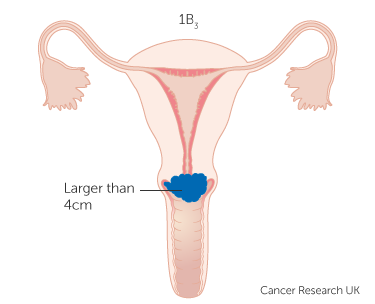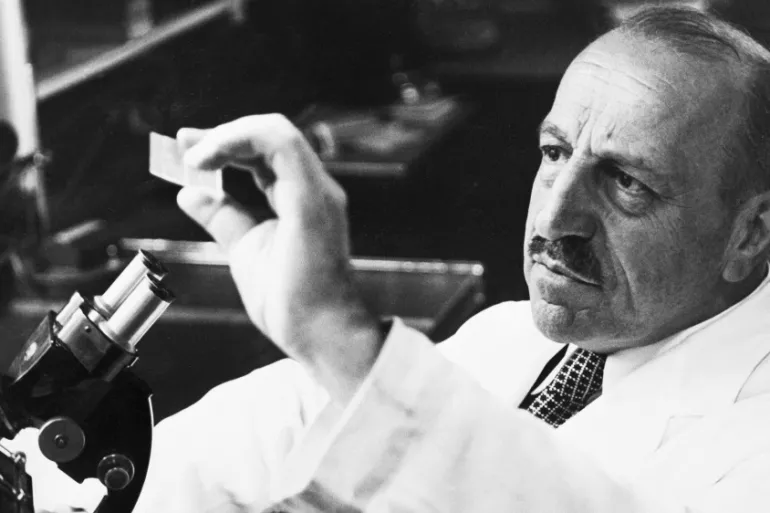Medical campaigns for the early detection of cervical cancers developed during the early nineteenth century and encouraged women to consult a gynecologist after experiencing abnormal conditions like irregular bleeding from the uterus. However, these symptomatic women frequently ended up having incurable cervical cancer that had severely damaged their bodies by the time noticeable symptoms had begun.
Historical Background
Early Detection Campaigns
"Anti-cancer organizations in Europe and North America energetically promoted the slogan, 'if detected early, cancer can be cured'."
~ Ilana Löwy, “The Gender of Cancer”
Treatment
In the late nineteenth century, doctors searched for a treatment method for cancers in the uterus, including cervical cancer and endometrial cancer. This led to the development of hysterectomies, or the surgical removal of one’s uterus. Since hysterectomies were only successful if one's cancer was limited to the uterus, doctors developed more of an urgency to detect cervical cancer early.
“In the early twentieth century, survival rates of hysterectomy had improved, but this operation was ineffective if the cancer had already spread to other parts of the body.”
~ Ilana Löwy, “The Gender of Cancer”

Stage 1 cervical cancer. (Stage 1B, Cancer Research UK)
Detection
George Papanicolaou developed the Pap test in the early 1920s and presented it as a method to screen for cervical cancer. Although many doctors were initially skeptical of its effectiveness, the development of the Pap test proved that it was possible for physicians to find cervical cancer at a curable stage.

(George Papanicolaou. Al Jazeera.)
"The power of medicine to prevent, to diagnose and to treat cancer has been increased enormously. And the responsibilities of the physician with respect to cancer have increased likewise… Self evidently, on the physician rests the main responsibility for the early diagnosis of cancer, on which in turn depends the outcome of its treatment."
~ Journal of the American Medical Association, "The Responsibility of the Physician in the Prevention, Diagnosis and Treatment of Cancer."